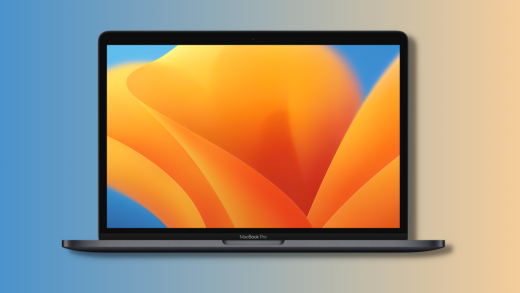Tools for Kubernetes just keep piling up. Every week on GitHub, we are seeing more and more added to the (already strong) gauntlet. Have you been looking for an easy to use clusters management tool?
Full stack engineer Fernand Galiana wrote a Kubernetes cluster management tool in Go called K9s. With a no-nonsense terminal-based UI, this tool shows a lot of promise and with some extra care it might one day show up on a ‘Best of Kubernetes’ list.
Cluster management
From the official site: “The aim of this project is to make it easier to navigate, observe and manage your applications. The command line app continually watches Kubernetes for changes and offers seubsequent commands to interact with observed resources.”
SEE ALSO: A new Kubernetes-native IDE has landed – Meet CodeReady Workspaces
The interface is incredibly easy to use and not overwrought with unnecessary features. It simply allows for you to interact with your Kubernetes clusters.
Fernand Galiana also wrote an excellent post on medium.com illustrating the motivation behind creating K9s. In the post Galiana explains that “Kubernetes and its surrounding ecosystem is getting more and more complicated to operate. There are a multitude of tools one must wrangle to manage clusters”.
K9s aims to chop away some of the bloat and difficulty that comes along with managing clusters, leaving you with nothing but what you need. The UI monitors Kubernetes in intervals, so you can keep an eye on the info that you need.
List of Commands
- K9s uses 2 or 3 letters alias to navigate most K8s resource
- At any time you can use
?to look up the various commands - Use
aliasto activate a resource under that alias Ctrlsequences are used to view, edit, delete, ssh …- Use
ctxto switch between clusters - Use
QorCtrl-Cto Quit.
Adopting your own K9s
Is this the cluster management tool for you? Take a tour and watch the live demo video to see if it meets your needs.
SEE ALSO: Meet ko, a CLI for fast Kubernetes microservice development in Go
For now, K9s’ newness requires some updating and maintenance before it reaches maturity. GitHub lists some of the known issues that don’t play nice with K9s. Be sure to also run down those preflight checks. Ensure that you have everything you need before installation.
The latest release v0.1.3 resolved some bugs and added a breaking change with the K9s config. It dropped on Feb 8, proving that the creator is hard at work providing users the best experience. MAke sure you have enough RBAC fu and that your clusters run a metrics-server.
Do you have any ideas for improvements or enhancements? Of course, please file an issue for any bugs on GitHub! This tool recently placed on GitHub’s trending list, so we expect to see more in the future.
The post Manage your Kubernetes clusters with a terminal-based UI appeared first on JAXenter.
Source : JAXenter
















